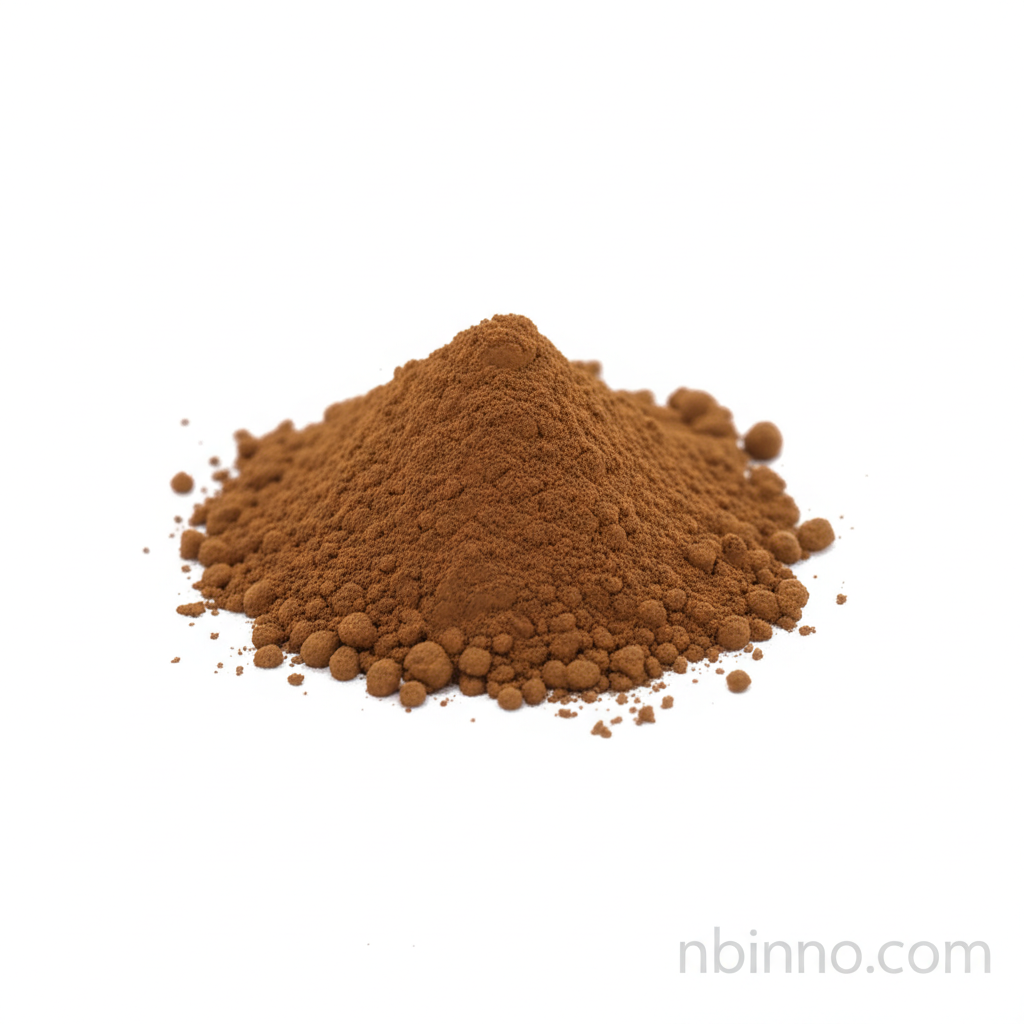High-Purity 7,8-Dihydroxyflavone Hydrate: A BDNF Mimetic for Neurological Research and Development
Unlock the potential of brain health with this potent TrkB receptor agonist.
Get a Quote & SampleProduct Core Value

7,8-Dihydroxyflavone Hydrate
7,8-Dihydroxyflavone Hydrate is a powerful and selective small-molecule agonist for the tropomyosin receptor kinase B (TrkB), a key signaling receptor for brain-derived neurotrophic factor (BDNF). It is designed for advanced research in neuroscience and pharmaceuticals, offering significant benefits in understanding and treating neurological conditions.
- Discover the therapeutic potential of 7,8-Dihydroxyflavone for Alzheimer's disease treatment, offering hope for improved patient outcomes.
- Explore the neuroprotective effects of 7,8-Dihydroxyflavone, crucial for safeguarding neuronal health against damage.
- Investigate how 7,8-DHF acts as a BDNF mimetic for cognitive enhancement, vital for improving memory and learning.
- Learn about the application of 7,8-DHF for traumatic brain injury, aiding in recovery and reducing tissue damage.
Key Advantages
Neuroprotection and Regeneration
Experience enhanced neuroprotection and support for nerve cell survival. This compound aids in preventing nerve damage and promoting regeneration, crucial for conditions like Parkinson's disease.
Cognitive Function Improvement
Boost cognitive abilities with this BDNF mimetic. It is instrumental in enhancing memory, learning capacity, and overall cognitive function, which is particularly relevant for research into age-associated cognitive impairment.
Therapeutic Potential for CNS Disorders
Explore its wide-ranging therapeutic applications, including potential benefits in models of schizophrenia and other central nervous system disorders. This highlights its role as a key pharmaceutical intermediate.
Key Applications
Neuroscience Research
Utilize this high-purity compound for in-depth studies on TrkB receptor activation and its downstream signaling pathways, essential for understanding brain function.
Drug Discovery and Development
As a leading pharmaceutical intermediate, it serves as a critical component in the development of novel therapeutics for neurological diseases.
Biochemical Assays
Its well-defined purity and properties make it ideal for use in various biochemical assays and in-vitro studies.
Preclinical Studies
Its demonstrated efficacy in animal models for depression, Alzheimer's, and TBI makes it invaluable for preclinical research and validation.
